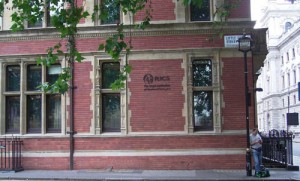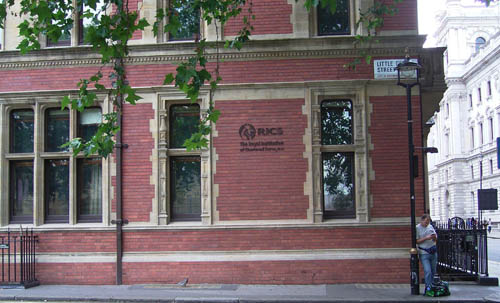 The Royal Institution of Chartered Surveyors (RICS) and Vestian Global Workplace Services have released a PAN India in-depth study ’Assessment of IT campus environments’.
The Royal Institution of Chartered Surveyors (RICS) and Vestian Global Workplace Services have released a PAN India in-depth study ’Assessment of IT campus environments’.
The study is an effort to evaluate the working environment of IT campuses in the country and enlighten the sector on the changing dynamics of workplace atmosphere to improve operational performance as well as provide future trends.
The broad objectives of the Study includes evaluating existing IT Campuses on parameters such as basic amenities, planning highlights, safety & security, operations & maintenance (O&M) and innovation; establishing occupier preference levels and investigating economic performance. This data was collected across 250+ points and 15 renowned IT/ITes campuses across India willingly participating in this first of a kind initiative.
On this occasion, Sachin Sandhir, Managing Director, RICS South Asia said, “As the leading global body for real estate and construction, we are about advancing best practice standards which guarantee consistency for clients in multiple markets. This report is an endeavor to educate the developers and occupiers in IT/ITES space to work towards the best workplace environment matching global standards. Safety standards and disaster preparedness are key issues that we are raising at a global level, by promoting a disaster management protocol as well as global standards on strategic facilities management (FM). To implement high standards, the skills of the professionals who are driving corporate real estate as well as facilities management will also need to be enhanced and RICS hopes to contribute in this area. Given that commercial real estate is a heavy user of energy, and the gap between power demanded and consumed by tenants (as demonstrated by this study), post occupancy evaluation at periodic intervals is the need of the hour.”
Speaking at the launch of the report, Shrinivas Rao, CEO-Asia Pacific, Vestian Global said, “India is one of the fastest growing economies in the world; with services sector leading the growth. By 2015, IT and ITes sector is expected to contribute 7% to India’s GDP. Considering 70-75% of the total real estate absorption is by this sector, we decided to review the current workplace environment and evaluate where we stand vis a vis the global standards. The idea was to put forward a comprehensive report which looks at the overall picture and identifies areas which need to be improved upon. We hope that with this effort we can help educate the various stakeholders involved; and contribute at each and every step of the life cycle of the development. We hope to contribute towards raising the bar for the industry.
Key findings of the report – highlighting several issues along with recommended solutions
| Key issues / Areas of Improvement | Recommended Solutions |
Preparedness to combat terror threat
|
|
Disaster Management
|
|
Gap between Local Fire Legislation and NBC guidelines
|
|
3rd Party Vendor for FM Services
|
|
Accommodation of Physically Challenged people needs in building design
|
|
IT Campus specific building design requirements
|
IT/ITeS sector should have a separate classification as technology parks under commercial buildings in NBC with guidelines that cater to this sector.
|
Provision of car parking space
|
|
Power Requirements
|
|
Redundancy Levels for DG (Power Back-up systems)
|
|
A summary of key trends and findings from tenant satisfaction surveys is given below
Expected Trends in Future:
First decade (1991 – 2000) of IT sector growth period witnessed establishment of basic physical infrastructure to support IT/ITeS functions, the next decade (2001 -2010) improvised this and established support social and business infrastructure for IT developments.
During current decade (2011 – 2020), we expect following trends in design & operations of IT campuses:
- Further improvisation of social & business infrastructure in IT campuses and rise in percentage of development of integrated IT developments/townships
- Enhancement of efficiency in building operations and systems through
o rise in adoption of green certification
o increased collaboration between developers and occupiers
o rise in adoption of Specialized/ 3rd Party FM service providers
o adopt sustainable transport infrastructure and systems (MRTS, buses, etc)
o conduct Post Occupancy Evaluation (POE) to improvise space utilization, communication between occupiers and developers, building services and others.





